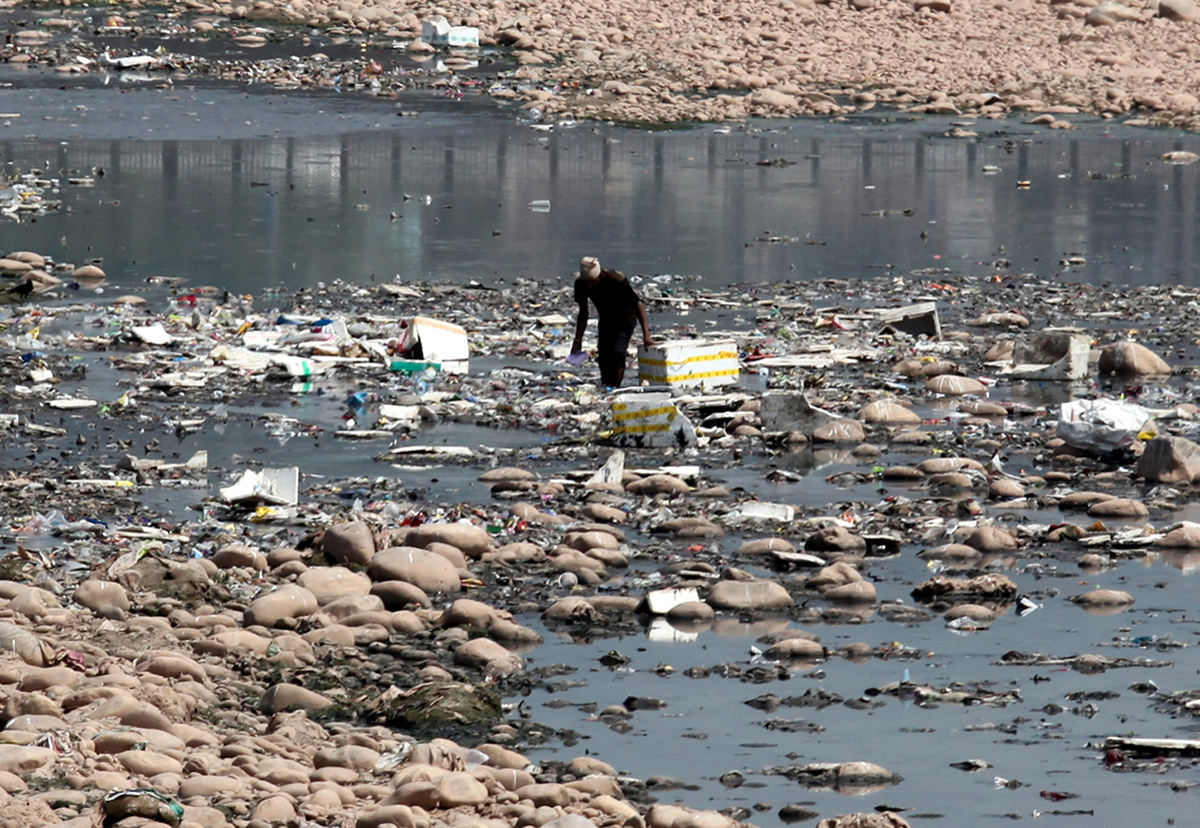STPs on official papers only even after lapse of several years
Dilly-dallying approach to worsen situation in future
Mohinder Verma
JAMMU, Mar 4: There is no improvement in the water quality of polluted stretches of five rivers in different districts of Jammu region as the establishment of Sewage Treatment Plants (STPs) by the Urban Environment Engineering Department (UEED) has remained confined to the official files only despite the lapse of several years. Due to this, there is every possibility of situation worsening in near future because of flow of untreated sewage.
On the basis of monitoring and data submitted through Environmental Water Quality Data Entry System under National Water Monitoring Program during the period 2016-17, the Central Pollution Control Board identified 351 polluted river stretches in the country in 2018 and these include five polluted stretches on different rivers in the Jammu region.
Thereafter, the National Green Tribunal (NGT) vide judgment dated September 20, 2018 issued directions for preparation of Action Plan regarding rejuvenation of polluted river stretches and making their water at least fit for bathing purpose within a period of six months after the finalization of Action Plan by the Central Pollution Control Board.
In the month of January 2019, the Jammu and Kashmir River Rejuvenation Committee submitted an Action Plan for identified polluted stretches to the Central Pollution Control Board (CPCB) for approval.
These polluted stretches are five kilometer from Guru Ravi Dass Temple to Nainsu along River Devika at Udhampur, 3 km stretch from location pony shed to Bathing Ghat Banganga along holy stream Banganga at Katra, 5 km stretch from Surajpur to Belicharana along River Tawi in Jammu, 5 km stretch from Samba to Chak Manga Rakwal adjoining to Industrial Growth Centre along River Basanter at Samba and 12 km stretch from Jiopota to Pargwal at Akhnoor along River Chenab.
However, even after the lapse of several years there is no improvement in the water quality of these polluted stretches of rivers mainly because of inaction on the part of the Urban Environment Engineering Department (UEED), a wing of the Housing and Urban Development Department, official sources told EXCELSIOR, adding “the Pollution Control Committee is regularly monitoring the water quality of these polluted stretches but not even slight improvement has been noticed and the condition by and large remains the same as was noticed in the year 2018”. For bathing purpose the BOD range should be 3mg/l but the same is still on the higher side.
“As per the Action Plan, the UEED was supposed to establish Sewage Treatment Plants at the appropriate locations so as to prevent flow of untreated sewage from the adjoining localities to these rivers but till date the STPs are existing only on the papers and on ground nothing is visible”, they said, adding “during the past more than two years procedural formalities are being followed by the engineers of the department”.
They disclosed that Detailed Project Reports (DPRs) for setting up of Sewage Treatment Plant to check flow of untreated sewage in Chenab and Basantar Rivers were prepared and submitted to the Housing and Urban Development Department for accord of administrative approval quite long time back but the decision is still pending as a result of which work could not be started till date.
“Similarly, all necessary approvals have been given for construction of STP to check pollution of water of Ban Ganga but work has yet not been started for the reasons best known to the engineers of the UEED”, sources further said, adding “even DPR in respect of 13 nullahs polluting River Tawi has already been submitted but necessary approvals and other procedural formalities are still pending”.
“In such a situation how the objectives behind identification of polluted stretches of rivers can be achieved”, sources wondered, adding “keeping in view the time generally being consumed in the completion of procedural formalities nobody in the administration is in a position to specify the time-frame for the establishment of STPs and there is every possibility that by the time the STPs are made ready the water quality of polluted stretches will deteriorate further”.


